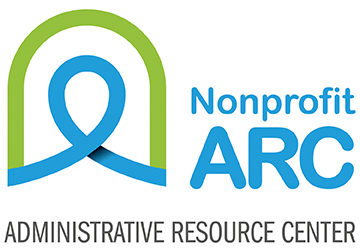This final installment in our three-part series looks to our surroundings as an important contributor to organization culture. The impact of environment is actually a little trickier to zero in on – a little less obvious perhaps – than things like getting information in a timely and usable way (communication), or having interpersonal harmony with colleagues or supervisors (conduct). It is no less relevant, though, and because it is subtle and simultaneously pervasive it is worthy of our attention. It also tends to be more easy to address because it is more concrete – no pun intended!
How’s the weather?
There is considerable research that supports the impact of weather specifically on how we feel. If you have any doubts about the importance of “environment” on the overall employee experience, look no further than the DSM V, the guide for diagnosing mental health issues, where seasonality is identified as a “specifier” for a depressive disorder. Our surrounding affect all of us. Of course, the weather per se is not generally something you have much control over. The point here is simply that in our efforts to create a connected, supportive employment experience, we need to attend to the physical space we are asking people to work in.
Don’t think “Bricks and Mortar,” think “Bricks and MORE!”
The environment should be viewed broadly, beyond simply floors, doors and hallways. Here’s a list – not exhaustive – of a few non-facility-specific environmental factors to consider:
- Flexible work schedules
- Format and accessibility of routinely requested policies
- Meeting formats, relevance and outputs/outcomes
- Messaging capabilities and standards
That said, the “hard asset” side of the environment needs meaningful attention too.
- Clean and safe
- Secure, but not complicated, accessibility
- Attention to detail
- Maintenance/custodial responsiveness
- IT responsiveness
Playing “Hot Potato” with Problems
Remember the old physics adage about every action creating another action – equal but opposite? Ironically, this sort of holds true in organizational problem solving. Here’s an example:
You arrive at work, go to your office and log in. Your password has expired so you choose a new one, but you don’t write it down because you’re certain you’ll remember it. You check your emails, dash off to your first meeting and return to your office to ramp back up. What was that password again…? Darn! So you click the “forgot password” link. You go through the protocols and get your password reset.
For at least some users, this is really frustrating. Some questions to ask:
- Does my organization require periodic password resets?
- Do people know why?
- How often is this required?
- Does my organization allow auto-password-reset, or do I have to contact someone in IT?
- If the latter, is there a standard response time, is it known and is it reasonable?
So this particular hot potato is IT security and usability. IT’s problem is making sure things are secure, but “users just wannna have fun!” Solving one problem may create problems for others, especially in the realm of compliance, and while we’ve offered one example there are likely many that you can self-identify. We can’t ignore compliance issues, but we should be mindful of this dynamic, pay attention to feedback from users and commit to minimizing as many barriers or complications as possible.
Show me the money
This is one of those problem hot potatoes! You know you need to make things as pleasant as possible, but what can you do about it with the limited resources you have? There is no magic wand to wave to respond to this, but here are some ideas:
PLANNING
- Document issues on a matrix that correlates degree of employee impact with cost.
- Commit to incrementally addressing problems using the matrix as a guide.
- Communicate your wins.
FUNDING
- Use data to demonstrate the impact on employees
- Connect with donors to foster an appreciation of how their support in “fixing” these issues will translate into meaningful improvements for those served.
TRANSPARENCY
- Share with staff when you can solve their problems, and when and why sometimes you can’t
- Invite staff to offer solutions themselves and do your best to implement or at least incorporate some of that feedback into future actions.
CONCLUSION
Where people work and how they are asked to perform that work is the third most important factor after 1) the meaning they derive from the work itself and 2) their relationship with their colleagues in how connected they feel to the organization. Taking the time to understand where the “pain points” are in your organization, letting your team know what you can address and when you can address these issues, and fostering understanding around those issues you aren’t able to fix is an investment of time – and yes, sometimes money – that promises to build connection to the organization and those working in it.

